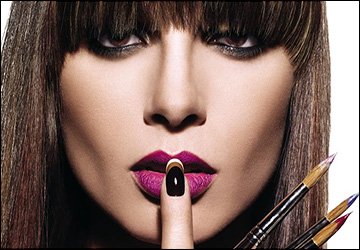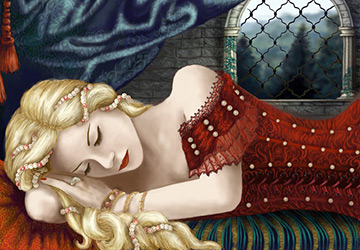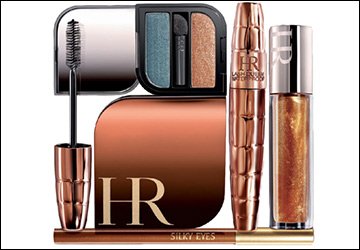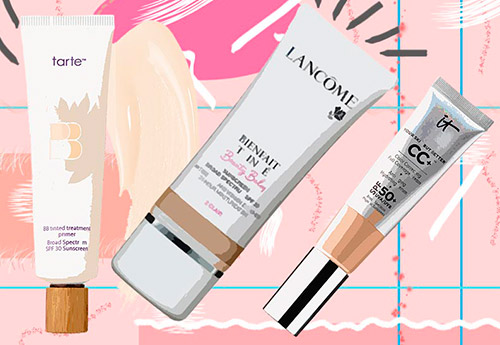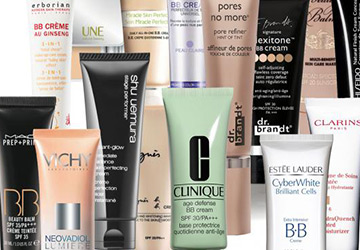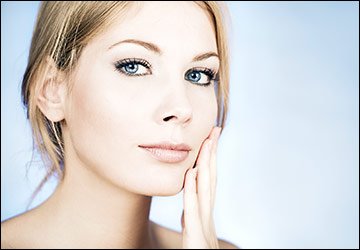Fashion history
The history of skin cream from the Roman physician Galen to the present day
Today, there are many options for creams. There are face and hand creams. There are moisturizers and sunscreens. But it was not always so. In general, before the twentieth century, skin creams were not as popular as they are today. At the beginning of the twentieth century, the cream was made a real must have by a mysterious woman named Elena Rubinstein.
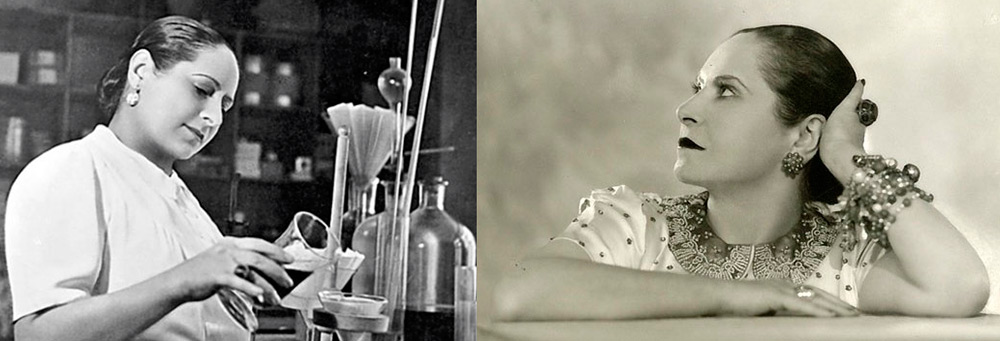
Elena Rubinstein
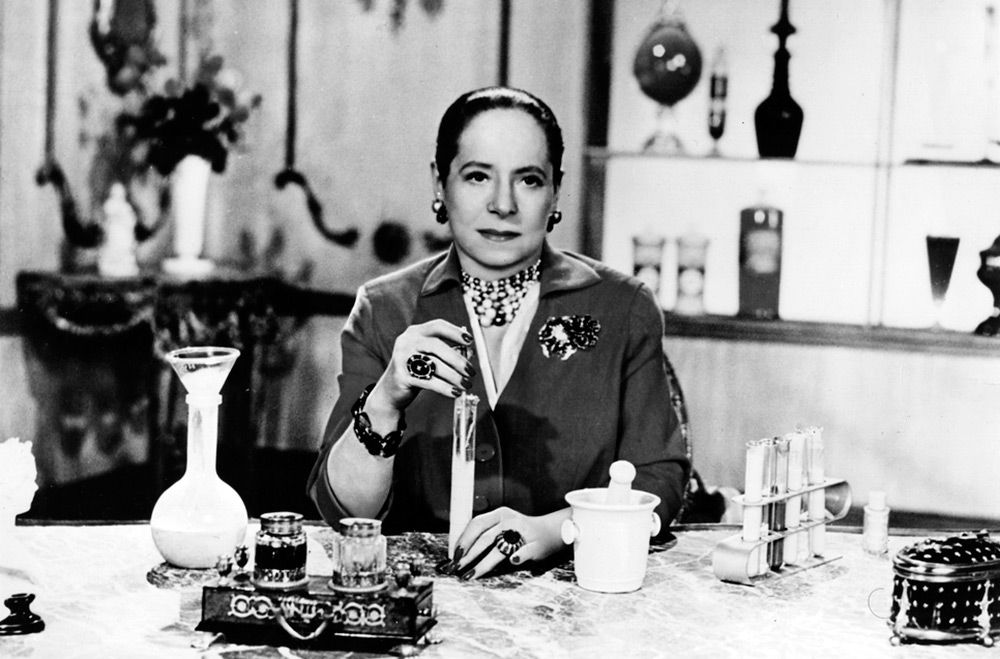
Queen of the cream Elena Rubinstein
The biography of Elena Rubinstein is a separate story in which it is almost impossible to distinguish truth from fiction. It is known that the "queen of cream" was born in 1872 in Poland into a Jewish family. Her real name is Haya Rubinstein, she will later take the name Elena for herself.
At the age of 16, then Khaya Rubinstein did not want to marry the man whom her parents had chosen for her, and went to stay with relatives in Vienna. Later, Elena Rubinstein will say in her memoirs that she received a medical education in Vienna. However, it is not. Elena Rubinstein did not have any education, except for school.
In 1896, her parents again offered Elena to marry, she again did not like the groom. And she moved even further from her parental home - to a small town in Australia, where relatives of the Rubinstein family also lived. In Australia, Elena Rubinstein worked in her uncle's store and soon began selling a cream that her mother made. This idea, to sell the cream, was prompted by the complements of the Australians, who noticed the whiteness and softness of Elena Rubinstein's skin.
But it was very expensive to bring cream from Poland, and soon Elena begins to make creams herself according to her mother's prescription. And sell them. But not in a small town, but in Melbourne, where in 1903 she opened her first beauty salon. The cream from Elena Rubinstein was named Valaze and was very popular among Australians in those years.
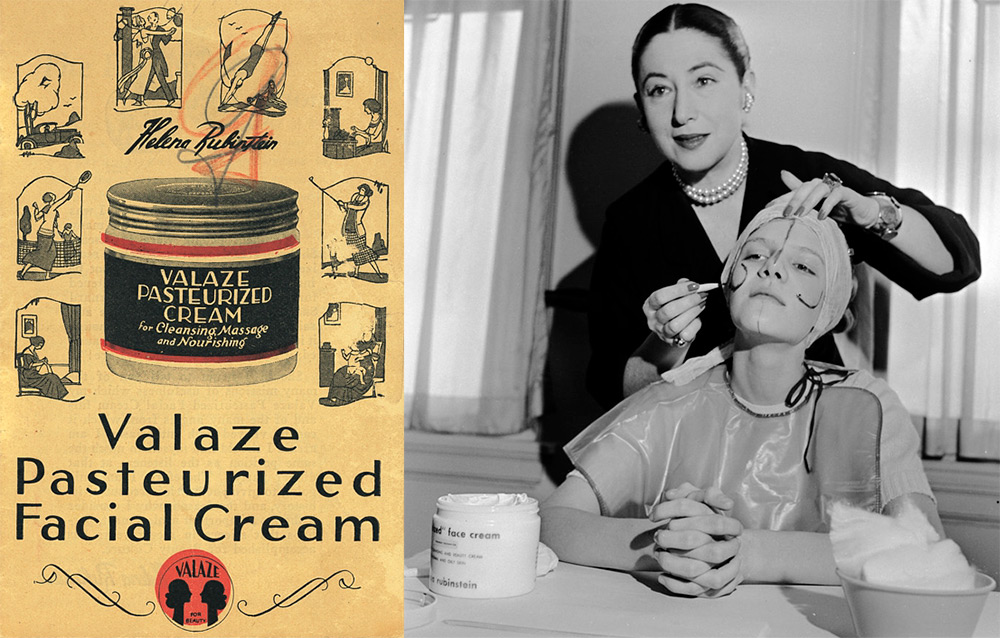
Soon Australia was not enough for Elena Rubinstein. And she moves first to London, and then to New York, where she also opens her own beauty salons. In addition to cream, Elena Rubinstein also begins to produce other cosmetics - blush, lipstick.
In 1965, Elena Rubinstein died, leaving her company to her son Roy. Today, the Helena Rubinstein brand belongs to the L'Oreal concern.
But back to the cream. The composition of the magic cream Valaze, which, as Elena Rubinstein imagined, was created in Europe according to the prescription of a certain doctor Likuska and brought to Australia, in fact, turned out to be very simple.
The cream according to the prescriptions of Elena Rubinstein's mother, aka Valaze cream, consisted of mineral and vegetable oils, as well as lanolin. Lanolin is obtained from the wool of sheep. Sheep in Australia was abundant. Lanolin actually makes the skin smoother and more elastic. But it doesn't smell very good. Therefore, fragrances with more pleasant aromas were also added to the cream from Elena Rubinstein: lavender, water lily, pine bark.
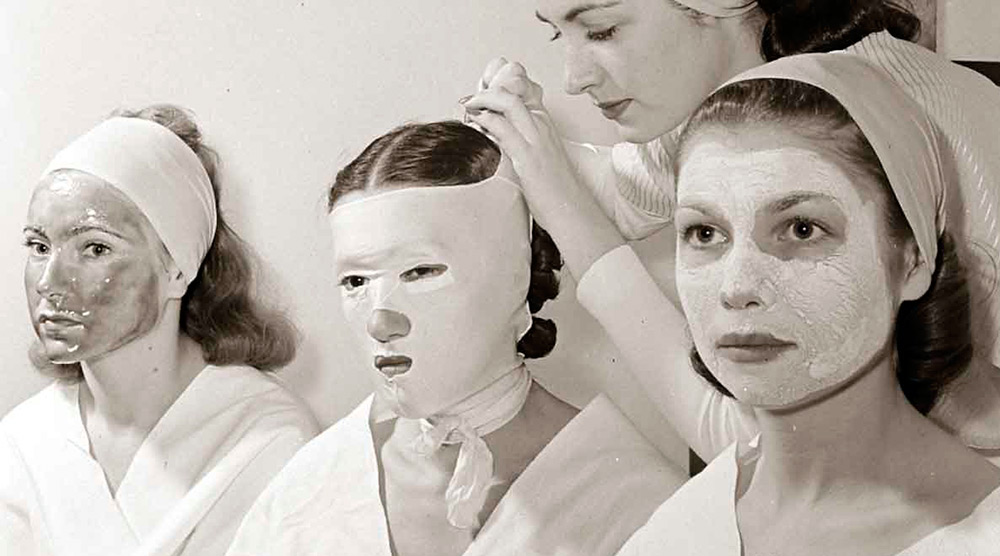
The price of that cream is 10p, which means it was a very cheap cream in and of itself. But Elena Rubinstein sold Valaze cream for 7 shillings and 7 pence, 1 shilling is 12 pence. She said:
“Women will never be flattered by such cheap things! When it comes to appearance, a woman must definitely feel that she is pampering herself and using something exceptional. "
By the way, Elena Rubinstein also owns one more innovation. It was she who put forward the idea of dividing the skin into types according to "problems" and promoted the whole "science" of skin care in her salons. However, the purpose of this "science" was exclusively advertising of creams from Elena Rubinstein, which can definitely be considered a real marketing genius.
Division of skin into types - dry, normal, oily,
introduced by Elena Rubinstein
introduced by Elena Rubinstein
It was no coincidence that Elena Rubinstein's cream was based on her mother's cream recipe. Until the twentieth century, various ointments and creams that moisturize and nourish the skin were made at home.
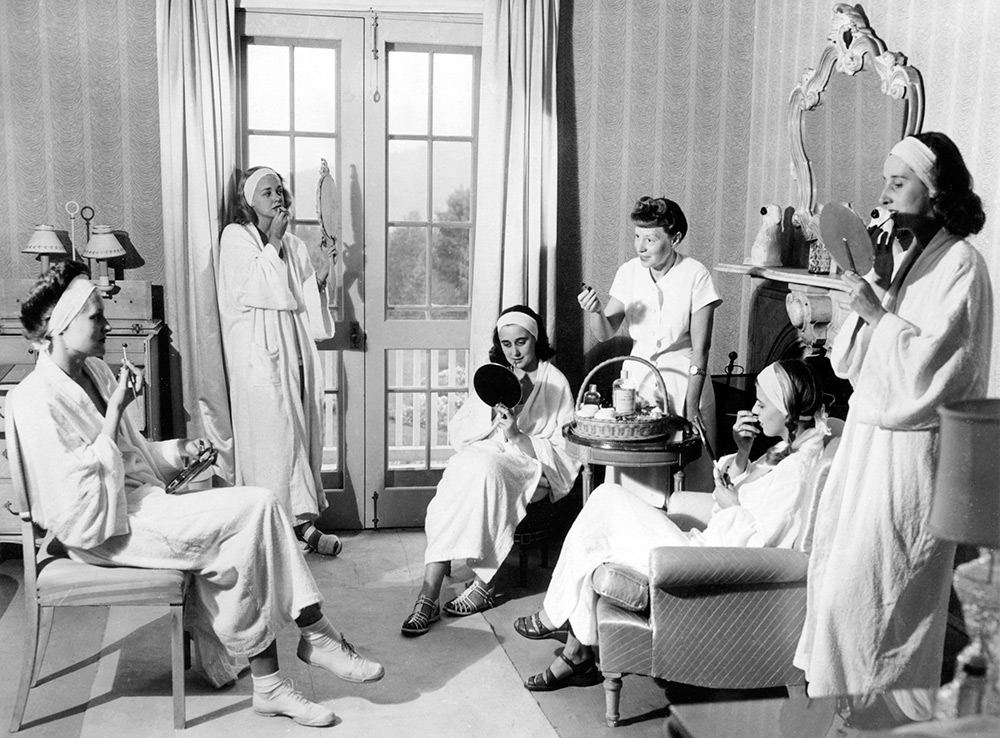
The history of the cream from ancient Egypt to the twentieth century
The first face creams were created in the days of Ancient Egypt. Such creams used pharaohs and priests... They were also known in ancient Egypt and aromatic oils, which covered the body, to give the skin a more pleasant scent. Creams and ointments in Ancient Egypt were made from plants. So, the composition of the first face creams included various infusions of flowers.
It is known that the ancient Egyptian queen Cleopatra used a kind of cleansing cream (scrub). The composition of this Cleopatra cream included sea salt, heavy cream and a little butter.
In Ancient Greece and Ancient Rome skin creams have also been known. According to historians, the ancient Greek physician Hippocrates created many creams to rejuvenate aging skin.
And the ancient Roman physician Galen created "cold cream" - "cold cream". For centuries, this cream was the only cream in the world. The cold cream consisted of wax, water, almond oil and spermaceti (a wax-like substance obtained by cooling the liquid animal fat of cetaceans). This cream softens and nourishes the skin, making it velvety. Therefore, it was very popular among the beauties of Ancient Rome.
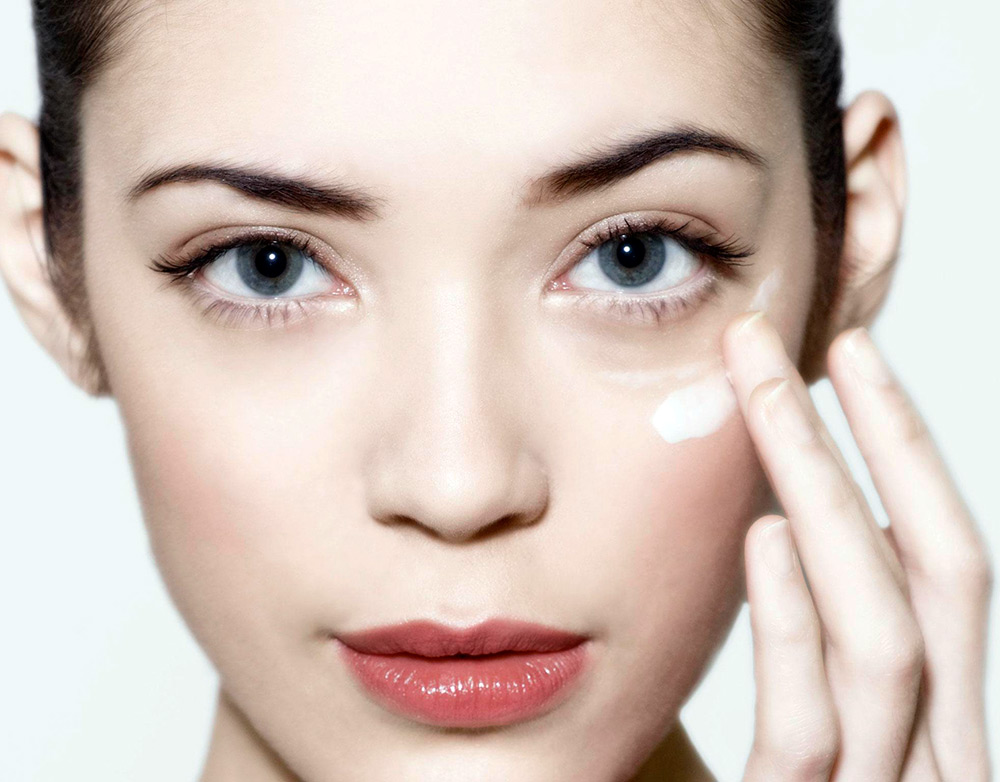
During the Middle Ages, the production of cosmetics is forgotten in Europe. But in the Renaissance, a kind of hand cream appears. In the 16th century, a recipe was developed to preserve the youthfulness and whiteness of the skin of the hands. To do this, they had to smear their hands with melted lard, and put on thin leather gloves on top and walk like that all day.
Again, information about creams for the skin of the face and hands appears in the 19th century. So, for example, in 1806 in Paris, a book was published called "The Encyclopedia of Beauty", which contained recipes for ointments to get rid of wrinkles and keep the skin fresh.
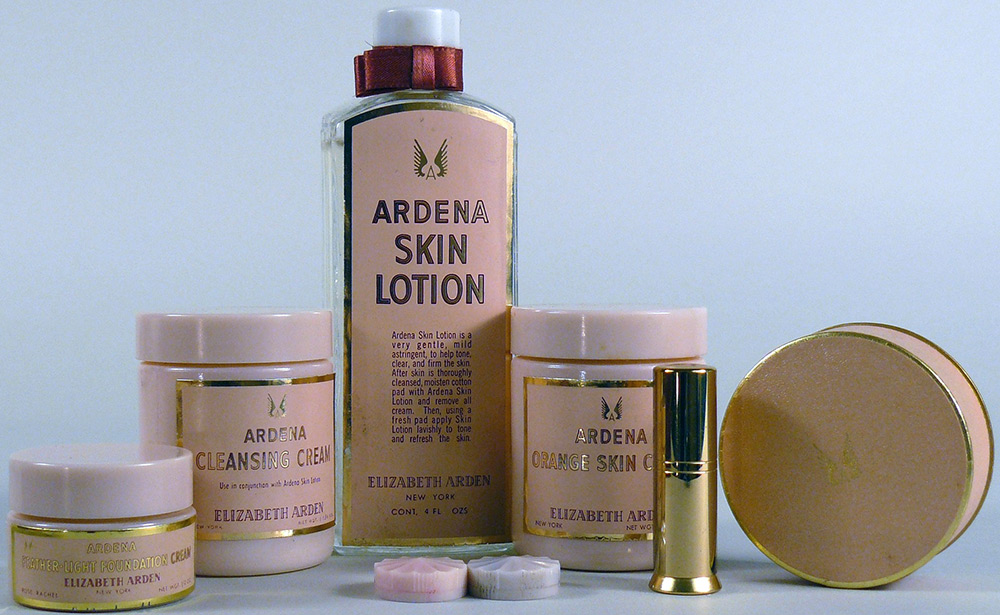
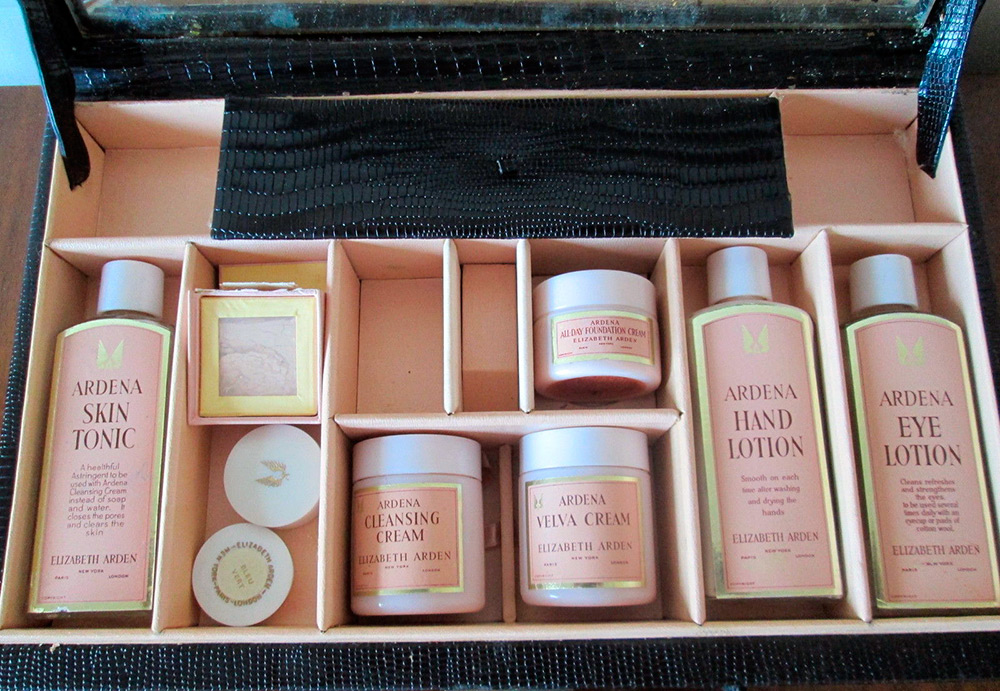
Skin cream composition
Nowadays, the composition of creams, as in earlier times, still includes:
1. Water.
2. Oils, for example, natural - almond or olive, or, this is already an innovation of the twentieth century, artificial.
3. Compositions of fatty substances.
4. Biologically active components are those substances that affect skin cells, depending on the purpose of the cream, that is, there will be some substances in the moisturizer, and others in the anti-aging cream.
5. Flavors.
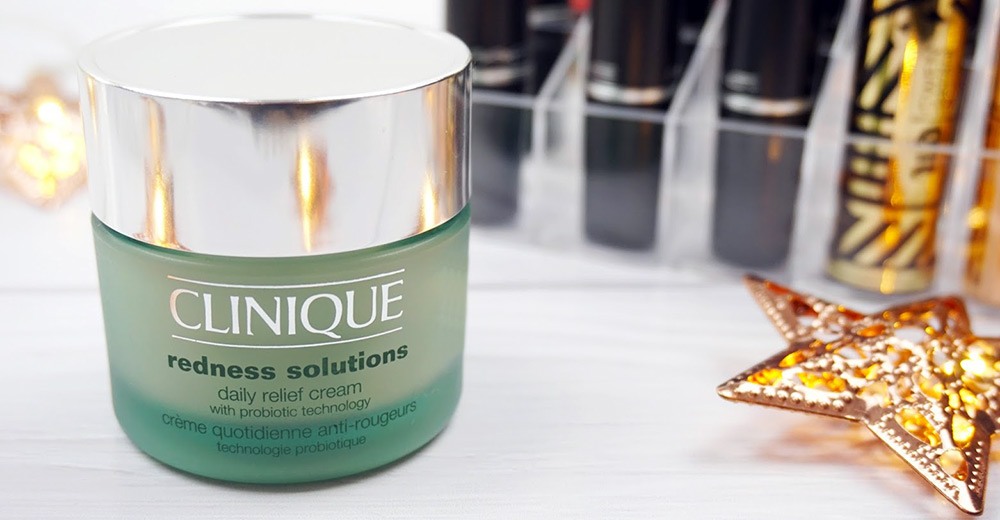
For example, collagen can be added to creams today as biologically active substances. Collagen is a protein of the body's connective tissues. As part of the cream, it is used to smooth and moisturize the skin. In the 1960s, fish collagen was discovered. And it was at this time that the first collagen creams also began to be produced.
Another biologically active substance in modern creams is antioxidants... For example, the antioxidant coenzyme Q10, which promotes collagen synthesis and thus protects skin cells from premature aging. Also, as an antioxidant, modern anti-aging creams also include vitamin C, which is even called one of the main opponents of aging.
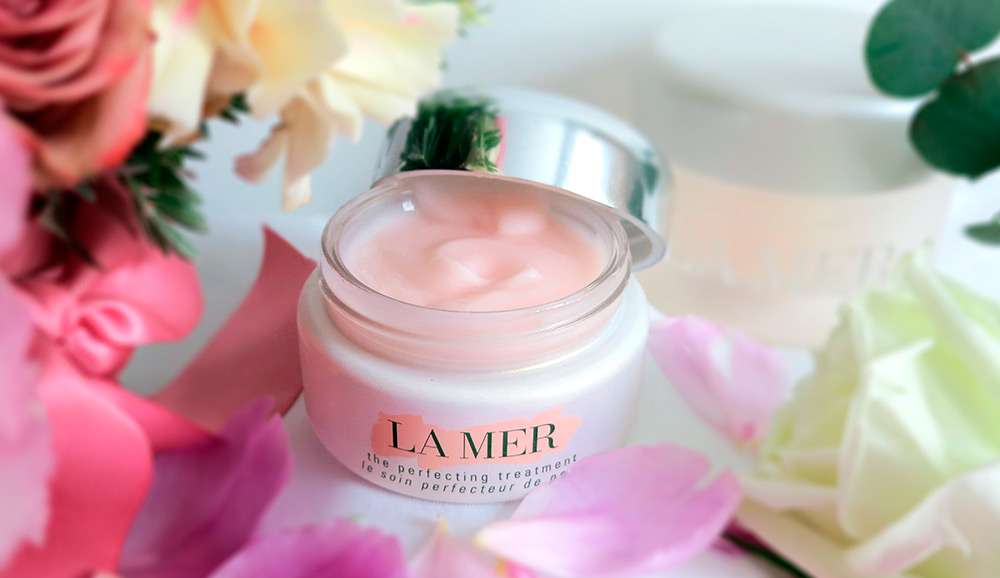
Comments and Reviews
Add a comment
Rating news
Shades of clothing that make women look younger
What shades of hair make women younger: rules and photos
Funny wedding dresses - photos and ideas
12 most expensive down jackets for the winter
How to look 25 at 40: tips from supermodels
Beautiful schoolgirls
Anti-aging haircuts and hairstyles for women
Fashionable skirts for autumn and winter
Fashionable women's trousers for the cold season
Fashionable and stylish sandals for summer 2024
Spring-summer 2024
 Fashionable dresses and tops with thin spaghetti straps
Fashionable dresses and tops with thin spaghetti straps
 Bandana tops: how to wear stylishly and beautifully
Bandana tops: how to wear stylishly and beautifully
 How to put together the perfect men's wardrobe for the summer
How to put together the perfect men's wardrobe for the summer
 Fashionable shorts for spring-summer 2024
Fashionable shorts for spring-summer 2024
 Fashionable skirts for spring-summer 2024: a guide to online shopping
Fashionable skirts for spring-summer 2024: a guide to online shopping
 The most fashionable dresses spring-summer 2024: styles and colors
The most fashionable dresses spring-summer 2024: styles and colors
 Fashionable total look 2024: ideas of images and trends
Fashionable total look 2024: ideas of images and trends
